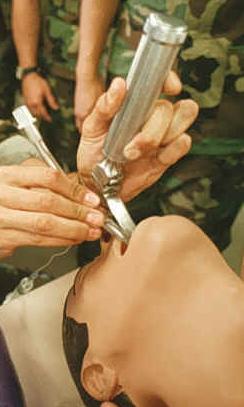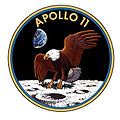Prolonged Mechanical Ventilation: Does It Cause Needless Suffering?
The author of this guest post, Mauricio Berrio Orozco, RN, is a graduate student at the Hunter-Bellevue School of Nursing. Last spring he attended a writing course for graduate nursing students co-taught by Jim Stubenrauch and Joy Jacobson, CHMP senior fellows. Click here for a post about a previous semester’s class.
As a nurse, I have experienced plenty of difficult situations that patients and their families go through during hospitalization. But nothing can compare to the suffering that results from prolonged mechanical ventilation, the long-term placement of a breathing tube that’s needed as a result of conditions such as anoxic brain injury or massive stroke.

By Hfastedge from Wikimedia Commons
Most of my patients are elderly. Many of them are conscious, but a good prognosis is basically impossible. They do not have even the slightest chance of recovering their previous level of functioning. Instead of getting better or at least being stable (normal vital signs, no signs of cardiac or respiratory distress), they develop problems related to mechanical ventilation. For instance, their muscles atrophy from inactivity, which then progresses to severe muscular and joint contractures. In addition, huge pressure ulcers can develop, as can ventilator-associated pneumonia, rapidly making the situation worse. No matter how excellent the care these patients get, their quality of life will only worsen if such complications are present.
The author of this guest post, Mauricio Berrio Orozco, RN, is a graduate student at the Hunter-Bellevue School of Nursing. Last spring he attended a writing course for graduate nursing students co-taught by Jim Stubenrauch and Joy Jacobson, CHMP senior fellows. Click here for a post about a previous semester’s class.
As a nurse, I have experienced plenty of difficult situations that patients and their families go through during hospitalization. But nothing can compare to the suffering that results from prolonged mechanical ventilation, the long-term placement of a breathing tube that’s needed as a result of conditions such as anoxic brain injury or massive stroke.

By Hfastedge from Wikimedia Commons
Most of my patients are elderly. Many of them are conscious, but a good prognosis is basically impossible. They do not have even the slightest chance of recovering their previous level of functioning. Instead of getting better or at least being stable (normal vital signs, no signs of cardiac or respiratory distress), they develop problems related to mechanical ventilation. For instance, their muscles atrophy from inactivity, which then progresses to severe muscular and joint contractures. In addition, huge pressure ulcers can develop, as can ventilator-associated pneumonia, rapidly making the situation worse. No matter how excellent the care these patients get, their quality of life will only worsen if such complications are present.




 Armstrong’s feat was the climax of President Kennedy’s goal to
Armstrong’s feat was the climax of President Kennedy’s goal to 
